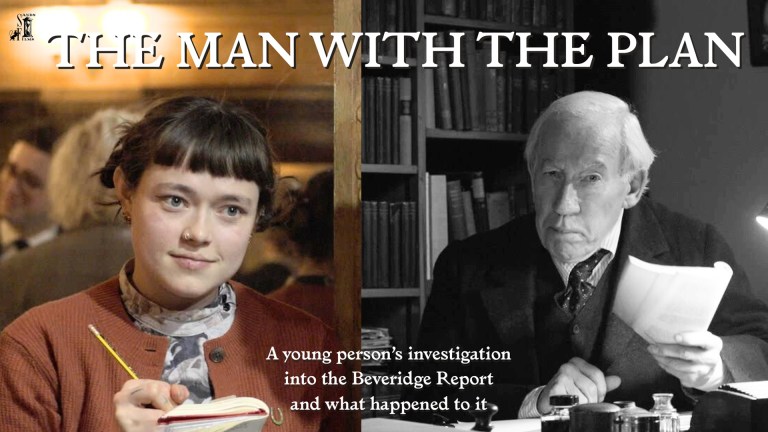The Australian-owned and Cayman Island-registered hedge fund behind the plan wanted to extract and export coal until 2070. They claimed it would bring 500 direct jobs, plus indirect employment, to west Cumbria and would supply the UK steel industry with coal, but they were refusing to take any account of the emissions from the use of the coal they would extract. They even said the mine would reduce global emissions because overall transportation emissions would be lower if a UK mine supplied the UK and Europe rather than a US mine.
In case the council, and later courts, insisted that emissions from the use of the coal were indirect effects of the extraction, the mining company claimed that their coal would replace or “substitute” for coal from existing mines, so the mine would be completely net zero.
I knew that planning law and environmental legislation meant that the benefits of jobs and economic gain should have been weighed against any direct or indirect harms from the greenhouse gas emissions. To do that, all the emissions needed to be rationally estimated. A SLACC colleague did a calculation from official figures on emission from coal use in steel making. It was also clear that the coal was for export, not for the UK.
I also knew we needed good lawyers, as early as possible. We clubbed together to pay the initial costs and later started fundraising. Friends of the Earth came fully on board too.
Our legal team were also working on the Horse Hill oil well case, which was finally resolved in the “Finch” Supreme Court Judgement on 20 June. Combustion emissions were confirmed as indirect and inevitable effects of the extraction of fossil fuels.
On the 10 July the government conceded our case, realizing that West Cumbria Mining’s substitution “get out clause” was all the Cumbria coal case was now hanging on. On Friday 13 September, Justice Holgate ruled that Gove’s decision to approve the coal mine was unlawful: it had been muddled and inconsistent and harmed the UK’s climate leadership. Any oil or gas well, or coal mines, claiming that their product would replace existing sources of supply had to prove it in their environmental impact assessment. In most cases the harms will outweigh the benefits and the proposal should be turned down.
As a planning officer, I had seen the old chemical works that would be the site of the mine. I knew that the risks were being sidestepped, and the quality of the coal being misrepresented. These were factors in SLACC’s decision to fight the mine, although we never got them into public view and we received some criticism for blocking new jobs. There was very strong opposition from some now ex-Conservative politicians linked to anti-net-zero campaigns, and unofficial spokespeople for the mining company.
Which ‘side’ do you take?
SLACC has called on the government to provide new green jobs. They do not need to be on the old and highly polluted chemical works that was meant to be left largely undisturbed to keep toxic chemicals “locked in”. Instead of tree coppicing and public open space, Whitehaven was offered a new coal mine. The fences around the coal mine site should come down, and the informally re-wilding site officially and permanently designated as public open space. This is what the people of Whitehaven were promised.
Maggie Mason is a member of South Lakes Action on Climate Change.
Do you have a story to tell or opinions to share about this? Get in touch and tell us more. Big Issue exists to give homeless and marginalised people the opportunity to earn an income. To support our work buy a copy of the magazine or get the app from the App Store or Google Play.









